‘The people of South Sudan deserve freedom from the prisons of conflict and hunger’
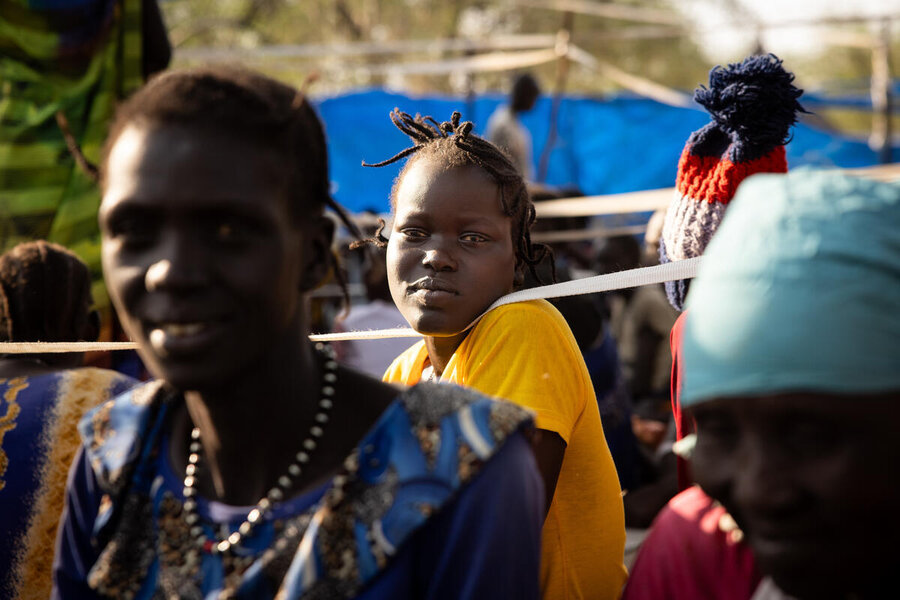
South Sudan is at a “critical tipping point” with nearly 7.7 million people – over half the population – facing crisis, emergency or catastrophic levels of hunger (IPC3-IPC5 on the Integrated Food Phase Classification, the global standard for measuring food insecurity).
This includes some 3.1 million people in the conflict-hit Greater Upper Nile region in South Sudan’s northeast.
“The situation is desperate,” said Mary-Ellen McGroarty, Country Director for the World Food Programme (WFP) in South Sudan, during a UN press briefing on Wednesday (9 April). “We are witnessing the devastating impact that conflict has in driving hunger.”
Fighting in some of the country’s most food-insecure areas has reportedly displaced around 100,000 people, disrupted food deliveries and forced WFP to pause distributions in several counties – cutting off critical humanitarian aid to some of South Sudan’s most vulnerable communities.
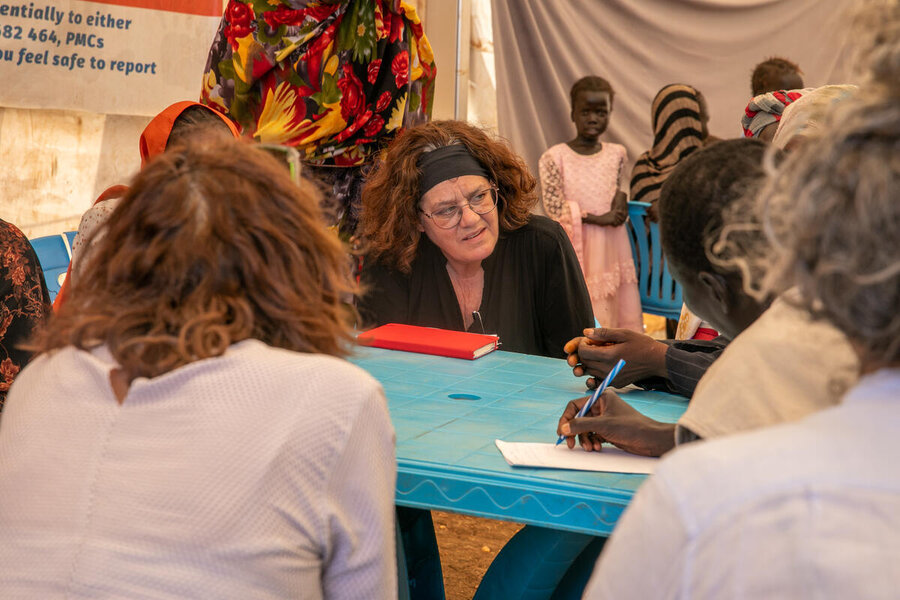
“Physical access can be challenging at the best of times,” McGroarty explained. “But with active conflict, WFP cannot go up, we cannot go down the river. And these are areas where there are no roads, no cars, no trucks.”
If WFP is unable to utilise vital river routes due to active conflict, it may have to use airdrops, a last resort for humanitarian assistance and up to 15 times more expensive than road or river deliveries in South Sudan.
The northern part of the Greater Upper Nile region (Upper Nile State) is the hardest hit by the escalating conflict. Aside from being one of the most food insecure states in South Sudan, it is also where the majority of the 1.1 million people who fled the Sudan war into South Sudan arrived, adding to the humanitarian needs.
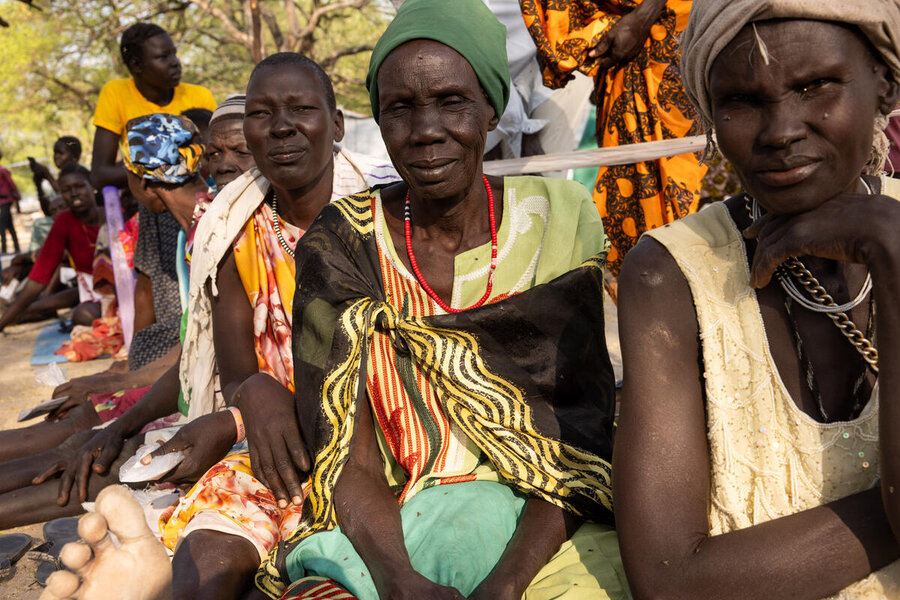
This escalating crisis also comes at a time when WFP’s humanitarian resources are already stretched thin, and an average of 17 percent of children across all counties in Upper Nile state are malnourished.
“Families cannot secure even one meal a day,” said McGroarty. “These are communities already trapped in the scourge of hunger due to cyclical violence, extreme weather, and the absence of stability and development. Now, conflict is blocking roads, making the river impassable, and preventing the delivery of food.”
South Sudan has entered the lean season – when hunger typically peaks – with a critical shortfall in humanitarian resources. “This is among the worst levels of food insecurity we have ever seen since independence (in 2011),” she said.

WFP needs US$396 million to reach 4.5 million people by the end of the year. “That means out of the total 7.7 million hungry people, we will be leaving people behind,” McGroarty said. Emergency food distributions will be prioritized according to the severity of cases.
“If the conflict and violence and displacement continue at this scale, we’re going to see needs continuing to rise,” said McGroarty.
With the rainy season approaching, WFP faces a narrowing window to preposition food in hard-to-reach areas. “It’s some of the most inhospitable terrain I’ve seen in my 30-year career,” she said.
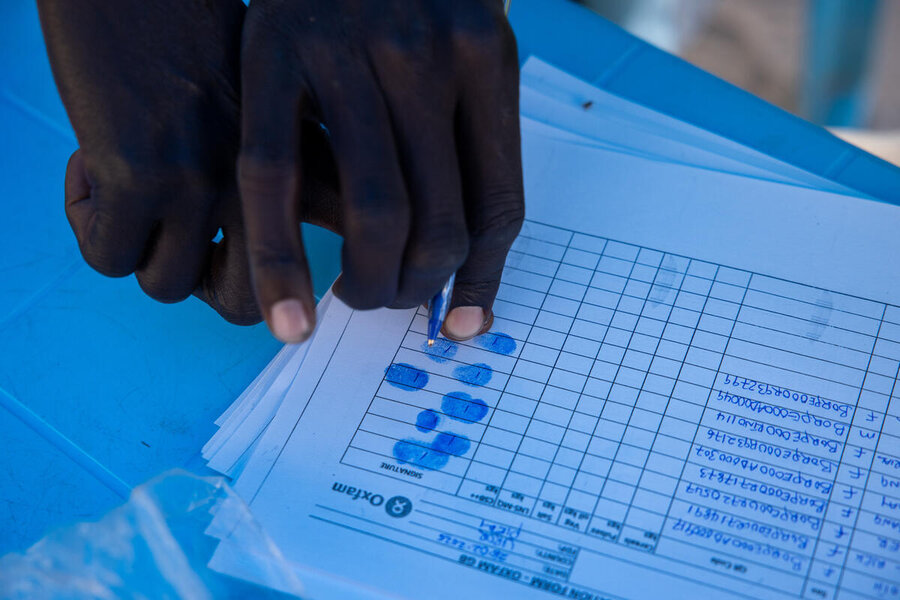
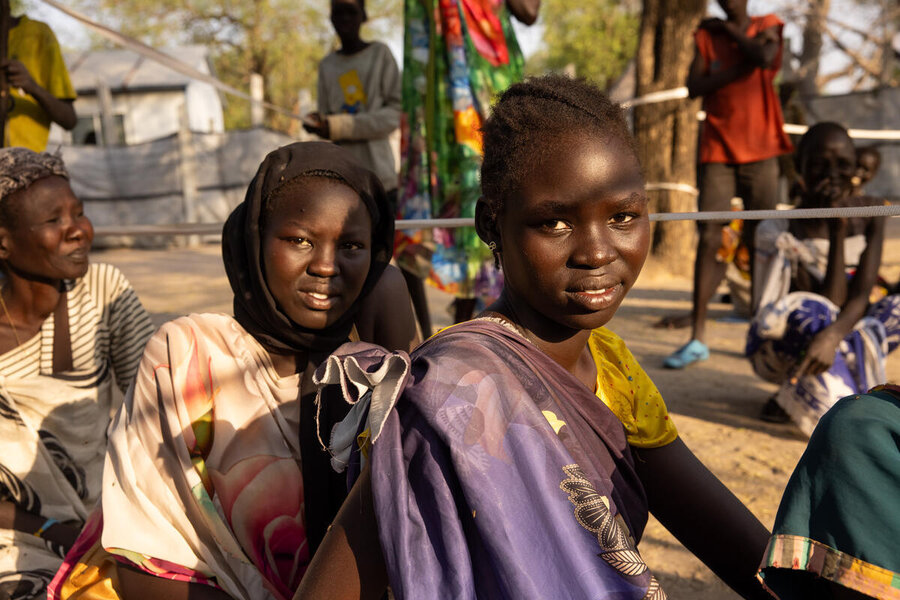
Meanwhile, cholera poses a deadly threat. “It’s a public health crisis that is getting worse as the conflict and instability continue and as the displacement across the Upper Nile region grows and increases.”
The WFP-led Logistics Cluster has airlifted 35 metric tons of cholera and WASH supplies to conflict-affected locations with another three metric tons ready for transport.
UNHAS (the WFP-operated United Nations Humanitarian Air Service) continues to provide passenger and cargo flights to conflict-affected locations in Upper Nile.

WFP has more than 9,000 metric tons of food – enough to feed more than one million people for a month – in the northern town of Malakal, with additional food in Bor and the capital Juba.
Another 148 metric tons of nutrition and non-food emergency supplies planned for river transport by the Logistics Cluster are currently in Malakal awaiting delivery when security allows.
McGroarty urged both international donors and national leaders to act. “The people of South Sudan deserve freedom from the prison of conflict. They deserve freedom from the prison of hunger. And they deserve our attention and support.”



